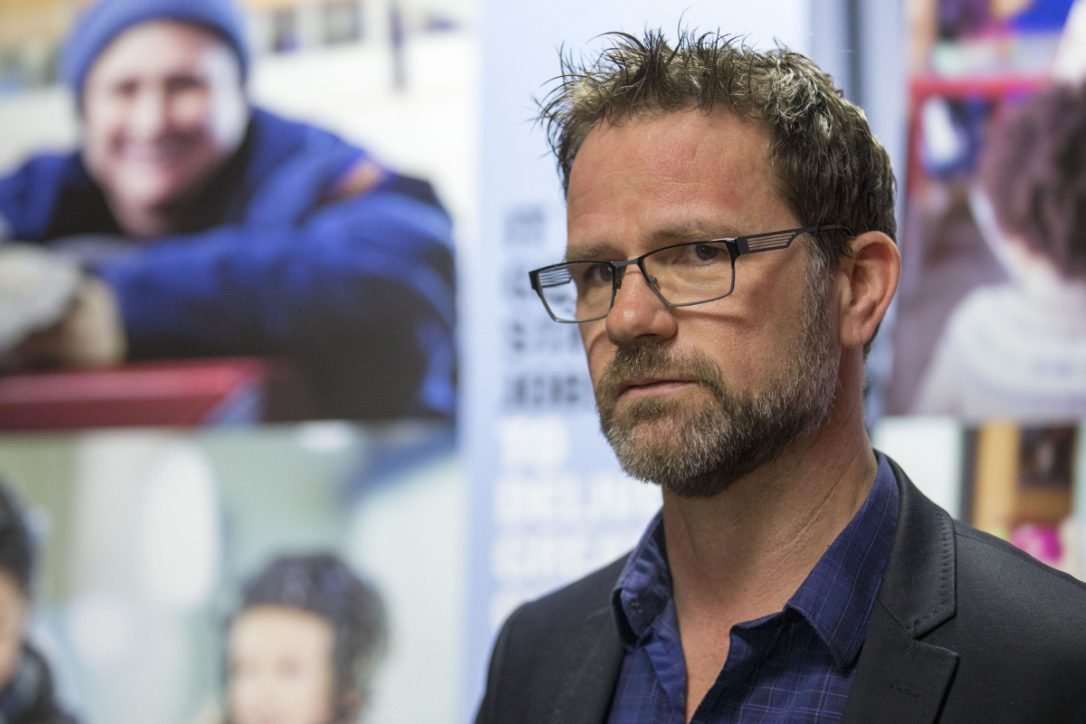Frontline Shelter Jobs Saved — for now
Toronto’s strained shelter system will not be faced with the loss of 10 frontline positions, although the fix is short-term and means other jobs across the division will remain unfilled.
The 10 frontline jobs were cut during the last budget, following a directive from Mayor John Tory for all city divisions to find 2.6 per cent in savings.
What it meant was once the people in those jobs retired or left, they would not be refilled. Frontline workers are often the first point of contact within the shelter system and provide multiple services, including the supports needed to help people finding housing.
The pitch to save the positions was made by city staff in April, at the community, development and recreation committee. Most of the just over $1 million needed comes from keeping vacant six administrative jobs, to create $629,800 in savings.
The proposal was approved by city council on Friday.
Also approved by council was a new framework for emergency shelters, or a plan to engage and educate local communities, so that both the buildings and the people temporarily living in them are welcomed.
At that April meeting, during the discussion about the positions, Tim Maguire, president of CUPE local 79, said Toronto’s shelters are already operating with less than acceptable staff levels and relying increasingly on temporary contracts and part-time shift work to fill vacancies.
“We need this turned around,†said Maguire. He said there must be a long-term plan because staff is facing a surging and increasingly stressful workload. Maguire also called for an action plan to open new emergency shelters once occupancy rates pass 90 per cent, a target set by council that city shelters have well exceeded for many years.
City staff has been directed to report back to the city’s community development and recreation committee with a long-term and sustainable plan to maintain service standards with lower staff levels. They will also be conducting an immediate review of existing shelter standards, based on the increased demand for space and services this year.
On Thursday, the city’s shelter system was at 95 per cent capacity, with women and youth shelters at 97 per cent, and men’s shelters at 94 per cent. Family shelters, not including the 746 motel beds made available to handle the overflow, were at capacity. The motel spots were 92 per cent full.
Council also directed staff from the city’s shelter, support and housing administration division to report “on an immediate, emergency basis†when occupancy exceeds 90 per cent capacity. There will also be a $3 million boost to the division’s operating budget, pulled from a reserve fund for social housing, to be used for emergency winter services, as needed next year.
In 2015, council directed the city’s real estate division to help shelter and housing staff find 15 temporary and permanent shelter sites needed to ease the pressure in the shelter system through 2020.
The new framework approved by council should make the process less difficult. The basic idea is smaller buildings, better linked to vital local services. The rollout would include a public relations campaign, to reduce the stigma around temporary homelessness and a strategy to engage community leaders in the process, or to create champions to help get people in the surrounding homes and businesses on board.
“It is not about warehousing,†said councillor Ana Bailao, when the details of the proposed plan were released in April. “It is the most humane way to deal with the issue, but honestly, it is the most fiscally responsible way to deal with the issue as well.â€
It
was developed through conversations with councillors, city staff,
community agencies and people experiencing homelessness and spearheaded
by councillors Bailao and Paula Fletcher.
Comments
There are 0 comments on this post





